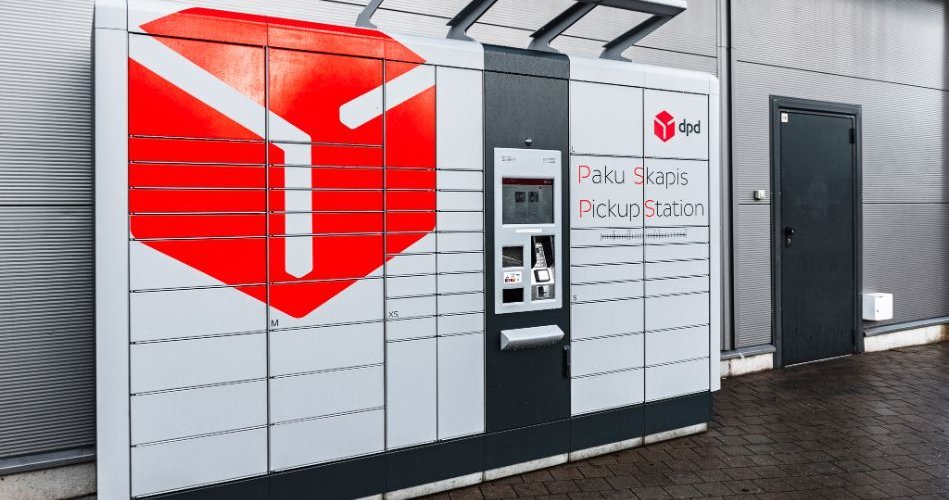HIGHLIGHTS
- Many customers prefer specifying arrival times, tracking parcels in real-time, or getting insurance.
- More and more companies are starting to charge for shorter transit times.
- Many retailers are trying to attract consumers to shop online but to pick up in-store.
FULL ARTICLE
The trend of decreasing shipping speed during the day
More and more companies are starting to charge for shorter transit times, said John Haber, president of parcels at 3PL provider Transportation Insight. That means they still offer fast delivery services but are no longer free.
In addition, many retailers are trying to attract consumers to shop online but to pick up in-store to eliminate delivery costs. Another trend is that they use return points for consumers to pick up goods instead of delivering in residential areas.

Carriers are also adjusting prices. Some businesses have charged more for delivery from the store than from the distribution center to compensate for the lower traffic density.
Even consumers seem to have lost interest in speed. According to a report released by UPS Capital recently, as many as 80% prefer other perks over fast delivery. Accordingly, many people prefer the ability to predict and choose from things like specifying arrival times, tracking parcels in real-time, or getting insurance. In addition, customers also prioritize available items over quick availability.
The reason is cost pressure
The race for faster deliveries to consumers is drying up due to rising fuel costs.
In the pre-pandemic years, Amazon was constantly improving its speed and trying to please consumers with online orders delivered within two days at no cost.
However, the disruption of Covid-19 and the increase in volume caused capacity to become overwhelmed. This has brought its fast delivery ambitions to a halt, and recent developments in the market suggest that Amazon is unlikely to get back on track any time soon.
Fast delivery is becoming extremely expensive. According to The Load Star, due to the sharp increase in fuel surcharges, shipping costs are already 10-15% higher than a month ago for a retailer.

The e-commerce giants and their logistics branches are facing an incessant increase in expenses. Despite reporting record revenue, logistics and transportation costs of these businesses have not stopped increasing. These costs at Amazon have increased to more than 150 billion USD, which is almost double compared to 2019. While SF Holdings, the parent company of the second largest express firm in China SF Express, warned of a loss of 1.1 billion yuan (170.62 million USD) in the first quarter.
Continue to maintain fast delivery but at short distances
Despite many difficulties due to rising costs, same-day delivery shows no sign of completely disappearing. For now, this is still growing on a local scale over short distances, especially in cities, with players like Uber or Shipt, which have much lower cost structures compared to other companies like Amazon or UPS.
Thanh Ha
E-commerce promotes high-value distribution center projects













